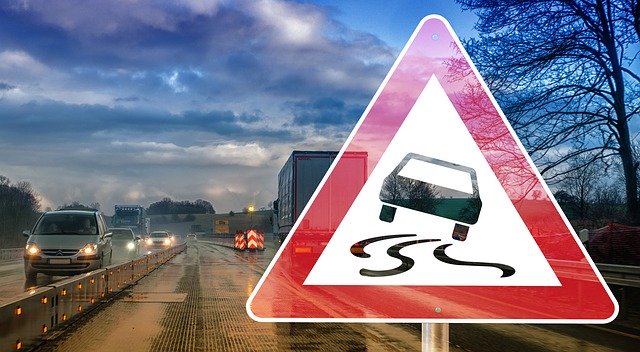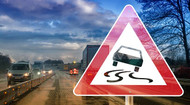How to Prevent Hydroplaning When Driving in the Rain
23rd Oct 2020

Keep Your Vehicle Under Control
Research conducted by the U.S. Federal Highway Transportation Authority (FHWA) shows that over one in five of all vehicle accidents are weather related. Hydroplaning, for instance, is a common phenomenon that often results in accidents. You may have complete and full control of your vehicle one minute, only to suddenly spin out the minute. How can you prevent hydroplaning when driving in the rain exactly?
What Is Hydroplaning?
Also known as aquaplaning, hydroplaning is a weather-related driving phenomenon in which one or more of a vehicle's tires loses traction with the road due to the presence of water. When it rains, a layer of water may accumulate on roads. If a stretch of road is cupped or otherwise not graded for drainage, water will build up while forming a layer. With hydroplaning, your vehicle's tires won't be able to "grip" the road's surface as you drive over this layer of water.
Drive Slower
The speed at which you drive can affect your risk of hydroplaning. Generally speaking, the faster you drive, the greater your risk of hydroplaning. Driving speed influences tire traction. As you press your foot on the accelerator, less traction is created between your vehicle's tires and the road's surface. Reducing your driving speed, on the other hand, allows for more traction while simultaneously lowering your risk of hydroplaning.
Create More Space
In addition to driving slower, create more space between your vehicle and the vehicle in front of it. This won't necessarily prevent your vehicle from hydroplaning. It will, however, lower your risk of a collision. To control your vehicle, the tires must create traction with the road's surface. You can hold or turn the steering wheel, but you won't be able to control your vehicle if it hydroplanes. Therefore, following too closely to other vehicles can lead to a collision.
Choose the Right Tires
If you regularly drive in rainy weather, you may want to replace your tires. Some tires are better suited for rainy weather than others. They tend to have a deep and aggressive tread pattern that allows them to create more traction. With deep and aggressive tread, hydroplaning is less likely to occur.
Avoid Puddles
Finally, try to avoid driving over puddles. Hydroplaning can occur anywhere on the road where water is present. Puddles, however, pose an increased risk of this phenomenon. When filled with water, they may prevent your vehicle's tires from creating traction with the road's surface, thereby causing you to hydroplane.

